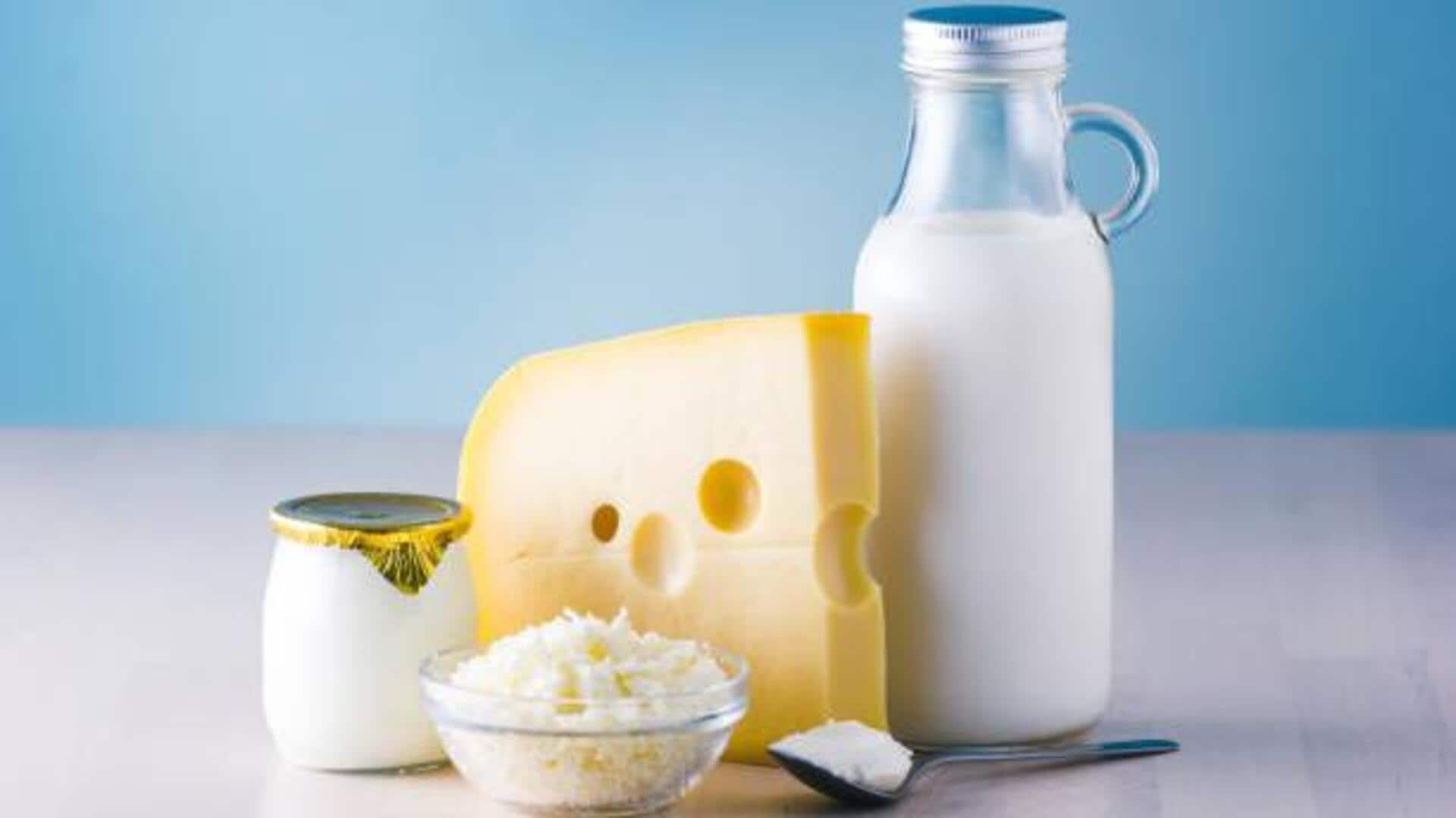**Low-fat Dairy: Myth vs. Facts**
*By Simran Jeet | Sep 19, 2025, 01:52 pm*
—
### What’s the story?
Low-fat dairy products are often promoted as a healthier alternative to full-fat versions, especially for those aiming to manage their weight or cholesterol levels. However, the benefits of low-fat dairy are not always as straightforward as commonly believed. This article explores the nutritional value, health impacts, and common misconceptions about low-fat dairy consumption.
—
### Nutritional Value of Low-Fat Dairy
Low-fat dairy products generally contain fewer calories than their full-fat counterparts, making them attractive to people monitoring their calorie intake. However, the process of removing fat can also reduce essential nutrients. For example, fat-soluble vitamins such as A and D may decrease during fat removal.
While low-fat options may help lower calorie intake, they are not necessarily nutritionally superior. It’s important to consider the potential loss of vital nutrients when choosing between low-fat and full-fat dairy.
—
### Impact on Cholesterol Levels
There is a widespread belief that low-fat dairy helps reduce cholesterol levels. However, recent research shows the relationship between dairy fat and cholesterol is more complex than once thought. Some studies suggest that full-fat dairy doesn’t significantly raise LDL (bad) cholesterol levels compared to low-fat options.
This means that consuming full-fat dairy in moderation could be just as beneficial for heart health as choosing low-fat varieties.
—
### Satiety and Weight Management
Many assume that low-fat dairy helps with weight management by promoting feelings of fullness. Contrary to this, some research indicates that full-fat dairy may be more satiating due to its higher fat content. This increased satiety can potentially lead to reduced overall calorie intake by curbing hunger more effectively than low-fat dairy.
—
### Tip 1: Cost Considerations in Dairy Choices
Cost is another important factor when deciding between low-fat and full-fat dairy products. Low-fat options tend to be more expensive because of the additional processing required to remove fat content.
Consumers should balance their budget along with their health goals. Ultimately, maintaining a balanced and sustainable diet is more important than saving a few dollars on dairy purchases.
—
**In summary**, while low-fat dairy may reduce calorie intake, it is not always nutritionally superior, nor does it guarantee better cholesterol management or weight control. Choosing between low-fat and full-fat dairy should be based on individual health goals, nutritional needs, and budget considerations.
—
*Stay informed and make dairy choices that best suit your lifestyle!*
https://www.newsbytesapp.com/news/lifestyle/low-fat-dairy-myth-v-s-facts/story
